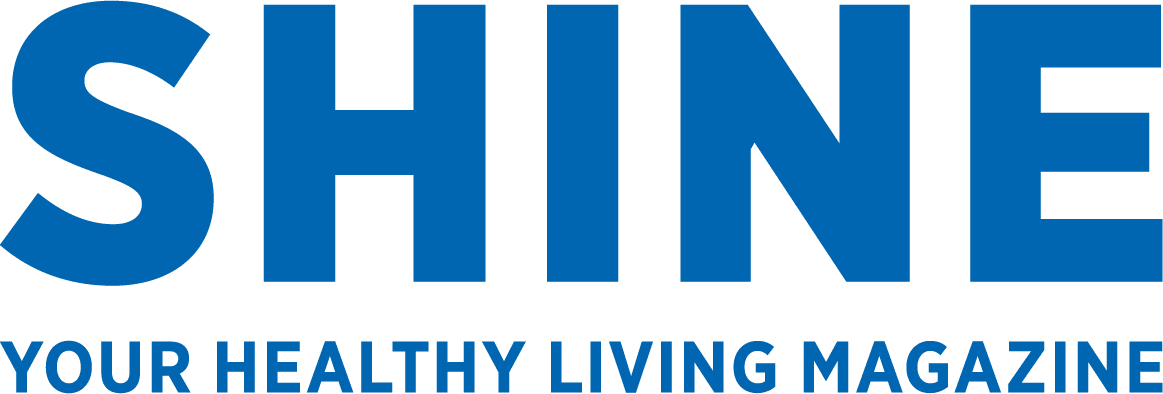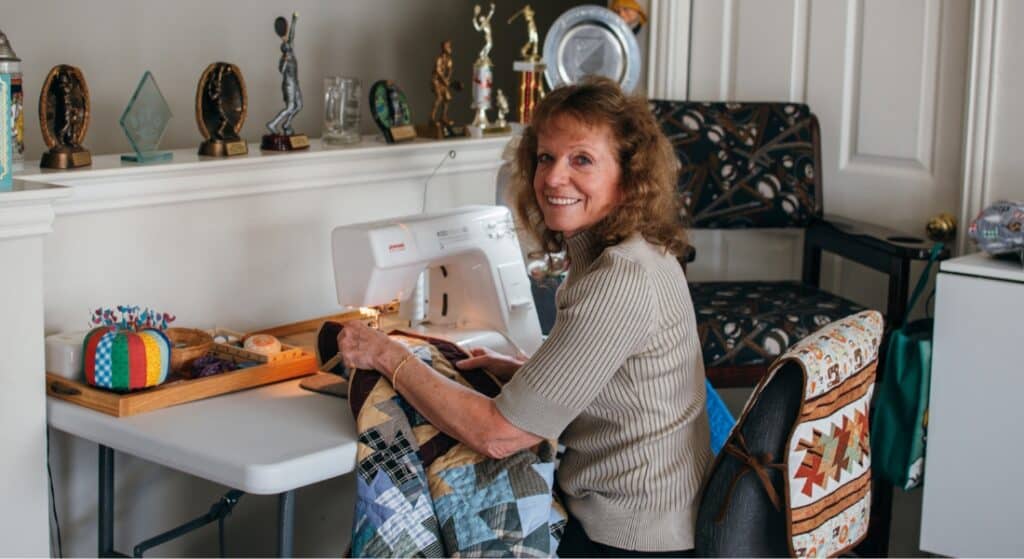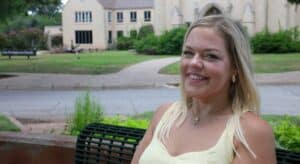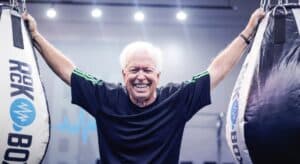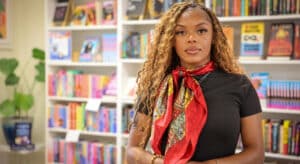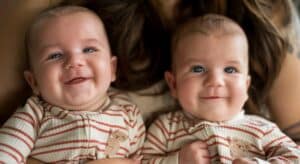Just as Kiana Hill was embracing motherhood and a new career, she got a life-changing wake-up call at age 29 — breast cancer.
“I was asleep, and I turned over and felt something on my left side,” Kiana says. “I did the self-breast exam and felt the lump.”
This shocking discovery set the Lancaster mom on a path to Methodist Charlton Medical Center, where a team of doctors would help her heal.
“Everyone at Methodist Charlton is great,” Kiana says. “I haven’t had one bad experience with them on this little journey of mine.”
But she’s not on this journey alone: Kiana relies on her family — and she lives for her 2-year-old daughter, Zoe.
“She’s the reason why I did fight, am still fighting, and will fight as long as I have to,” she says.
EARLY-ONSET BREAST CANCER
While breast cancer is less common in women Kiana’s age, it’s not rare: about 1 in 10 cases are considered “early onset.” Also, research suggests it’s on the rise in recent years, especially among African-American women in their 20s. Black women between 20 and 29 have a 53% higher risk than their white peers, according to a 2023 study.
Family history can play a role, but Kiana tested negative for the gene that caused her grandmother’s breast cancer. So it’s unclear why she developed breast cancer a decade before most women have their first mammogram.
Reflecting on the moment she discovered the lump in January 2024, Kiana vividly recalls wasting no time in scheduling an appointment with her doctor, Tiffany Woodus, MD, OB-GYN on the medical staff at Methodist Charlton. She was seen the next day.
“Every time Kiana walks into my office, she’s always optimistic. You kind of have to pull complaints out of her,” Dr. Woodus says. ”So when she came in and said that she felt something, I knew I needed to pay attention.“
Dr. Woodus started with a breast ultrasound, which can offer better results for younger women, whose breast tissue usually contains less fat. This density sometimes makes mammograms less effective for clear imaging.
At Methodist, we don’t just focus on your cancer. We care for you as a whole person.
Learn more at MethodistHealthSystem.org
A mammogram and biopsy were then performed on separate visits to ensure Kiana got the most accurate diagnosis.
“I never make assumptions,” Dr. Woodus says, “especially when a patient comes in and tells me that they have felt something different because I believe they are the experts of their body.”
The biopsy confirmed what Kiana believed to be true.
“Dr. Woodus called me and said, ‘I’m sorry to tell you, but you have breast cancer,’” says Kiana, who had to quit her new job at a call center. “Eventually I cried, but not at that moment. It was a shock and scary, but nothing I couldn’t handle.”

Kiana says losing her hair was one of the hardest parts of her battle with breast cancer.
UP FIRST: 8 ROUNDS OF CHEMO
Kiana was diagnosed with stage 2 lymph node-positive breast cancer, where cancer cells spread from the original tumor to one or more nearby lymph nodes, typically located in or around the armpit.
“When she was originally diagnosed, she had a lymph node-positive disease, so she started treatment with neoadjuvant chemotherapy in an attempt to downstage the breast cancer and minimize the extent of surgery,” says Danielle Jacobbe, DO, breast surgeon on the medical staff at Methodist Charlton.
Neoadjuvant chemotherapy is a way to shrink cancerous tumors before beginning other treatments. This can help improve surgical options by making surgery less extensive.
Once Kiana heard the plan, she was ready to get the process started.
“I was like, ‘Okay, what are the next steps?’” she says. “I’ve heard a lot of things about chemo and radiation, but the scariest part to think about was losing my hair.”
Having recently grown out her hair to long locks, Kiana couldn’t imagine losing them. That’s why it was a big decision for her to cut it off.
“I believe hair holds trauma, so I wanted to go ahead and get rid of it,” Kiana says. “I took the initiative to just go ahead and start the process.”

Kiana’s mom, KaTonya, daughter, Zoe, and brother, Greg, were pivotal in her healing.
A REASON TO FIGHT
After her chemotherapy treatment, Kiana had both breasts removed, as well as the lymph nodes in and around her left armpit. Her doctors chose this approach, in consultation with Kiana, to reduce the need for future imaging and minimize the risk of a second breast cancer.
“I struggle with anxiety, so it was kind of hard,” Kiana says. “At the same time, I constantly tell myself you’re going to be fine. You’re covered. Pray about it.”
Kiana has had a strong support system throughout her frequent chemotherapy treatments and radiation therapies. Along with her dad, sister, and grandma, her mom, Katonya, has been by her side at every appointment, while her younger brother, Greg, keeps her spirits high with his sense of humor.
But the biggest person in Kiana’s life comes in the smallest package — her daughter.
“Zoe is my best friend,” Kiana said. “I want to be there for her.”

At just two years old, Zoe is Kiana’s biggest source of inspiration.
Kiana completed her final radiation treatment at the end of January and is now preparing for hormone therapy to decrease the risk of cancer developing.
As she nears the end of her treatment, Kiana is focused on staying positive, indulging in self-care, and setting a good example for her daughter.
“Anything can be thrown at you, but how you handle it is what will get you through the journey,” Kiana says. “I want Zoe to know that she’s strong, and no matter what the situation is, you can do it. That’s my takeaway from this experience.”
